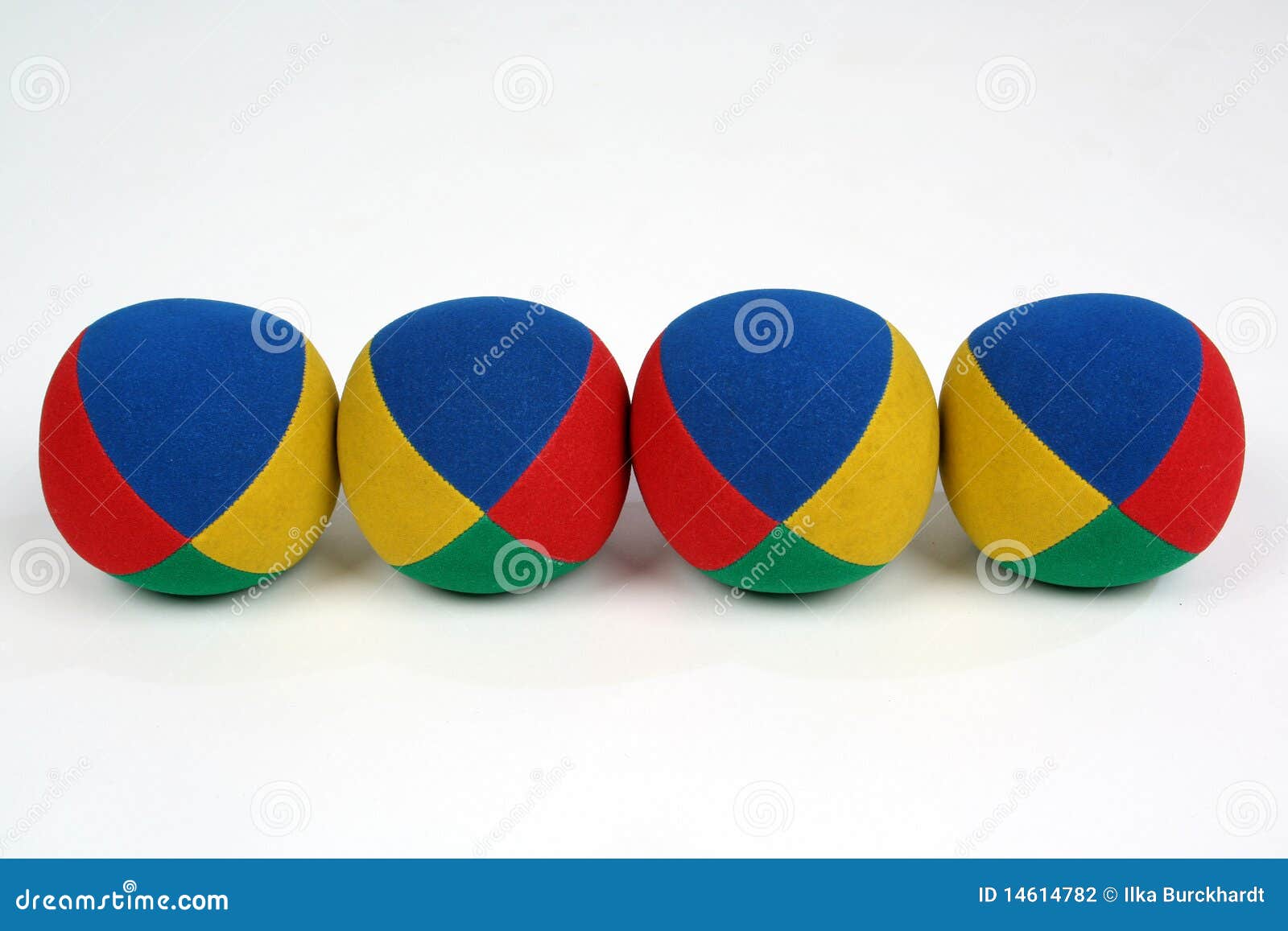

They wondered how a person might respond if a similar problem cued an intuitive - but unbelievable - response. It is not unreasonable to think - especially for someone who isn’t an expert in baseball - that such a ball could cost 10 cents. Trémolière and De Neys point out that the intuitively generated response to the bat-and-ball problem (that the ball costs 10 cents) is neither highly believable nor highly unbelievable. But are intuitions always detrimental to problem solving? In a 2014 Journal of Cognitive Psychology article, Université de Toulouse researcher Bastien Trémolière and Université Paris-Descartes researcher Wim De Neys sought to answer this question. Time and again research using the bat-and-ball problem has shown that that this intuitive process leads people astray. This makes the math easier to work with if a ball and bat together cost $1.10 and the bat costs $1.00, then the ball must cost 10 cents. In this case, people seem to unconsciously substitute the “more than” statement in the problem (the bat costs $1.00 more than the ball) with an absolute statement (the bat costs $1.00). So why do so many people answer incorrectly? The answer is that people often substitute difficult problems with simpler ones in order to quickly solve them. The correct answer to this problem is that the ball costs 5 cents and the bat costs - at a dollar more - $1.05 for a grand total of $1.10. If the ball cost 10 cents and the bat costs $1.00 more than the ball, then the bat would cost $1.10 for a grand total of $1.20.

Is this the answer that you came up with? Although this response intuitively springs to mind, it is incorrect. Take a minute to think about it … Do you have the answer? Many people respond by saying that the ball must cost 10 cents.


 0 kommentar(er)
0 kommentar(er)
